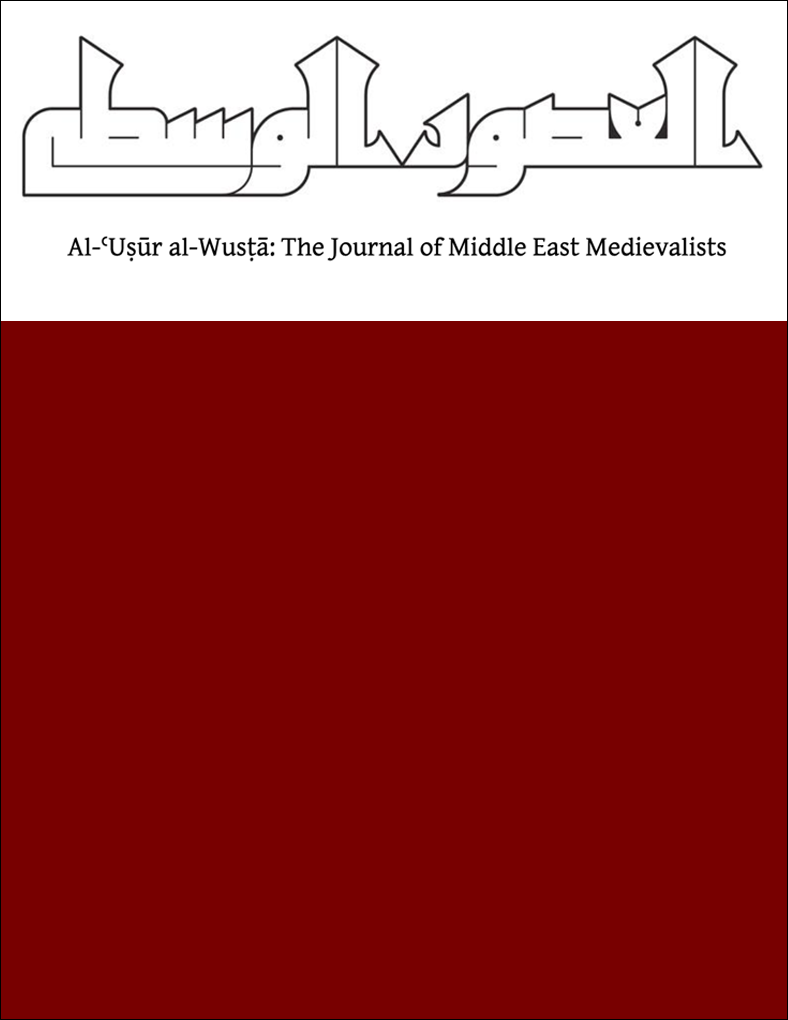Abstract
This paper proposes a hitherto unrecognized orthographic practice in the Quranic consonantal text: use of the digraph اى ,that is, alif + denticle, to represent the noninitial glottal stop, most often adjacent to the high vowels i/ī and less commonly in other environments. This feature leads to the identification of a new letter shape for the final hē in the early Islamic Arabic hand, originating in the Nabataeo-Arabic script, which in turn can explain a number of previously enigmatic spellings in the Quranic consonantal text.

This work is licensed under a Creative Commons Attribution-NonCommercial-NoDerivatives 4.0 International License.
Copyright (c) 2021 Ahmad Al-Jallad

